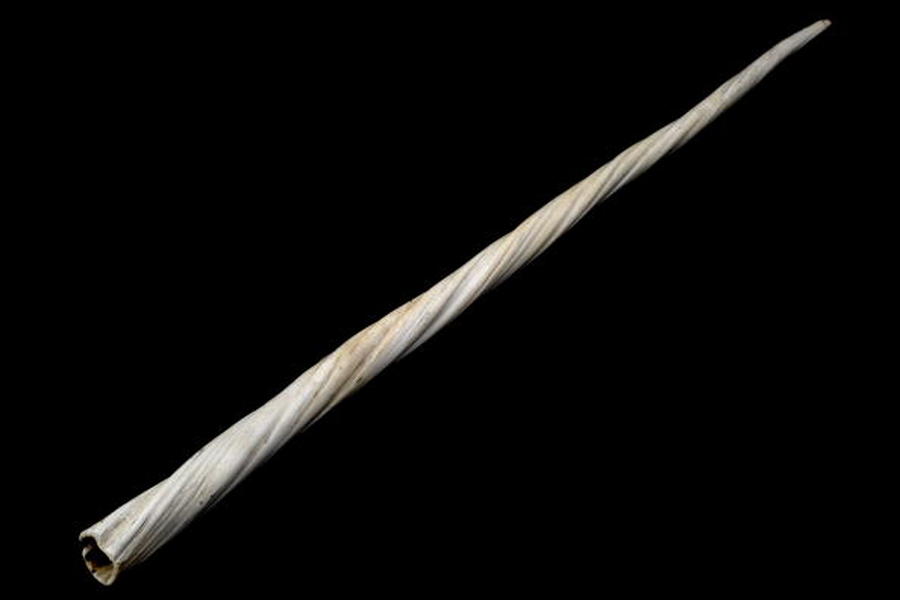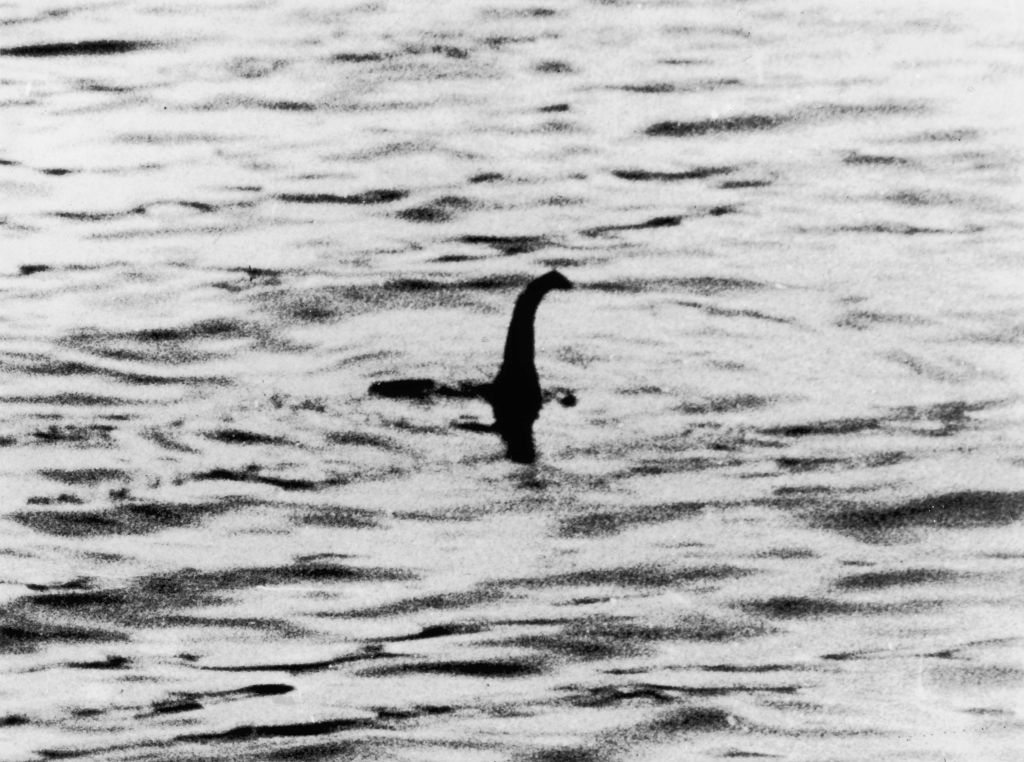Study finds narwhal tusk size is correlated with fertility


A new study suggests that narwhal tusk size is indicative of testicle size and fertility.
Narwhals' tusks, which are actually single teeth atop their heads, are directly correlated to teste mass, researchers found. The study, published this month in Marine Mammal Science, looked at more than 100 narwhals from Inuit hunts in the Canadian Arctic between 1990 and 1998. The researchers found that longer tusks were indicative of larger testicles.
The researchers suggest that male narwhals' tusk length could signal to females which males would be the best mates, according to Science magazine. The tusks, which can grow as long as two to three meters, are found "almost exclusively" in male narwhals, Science reports.
The Week
Escape your echo chamber. Get the facts behind the news, plus analysis from multiple perspectives.

Sign up for The Week's Free Newsletters
From our morning news briefing to a weekly Good News Newsletter, get the best of The Week delivered directly to your inbox.
From our morning news briefing to a weekly Good News Newsletter, get the best of The Week delivered directly to your inbox.
Previous explanations of the role of narwhal tusks have included self-defense, breaking ice, and sensing changes in water salinity. However, Science notes that larger tusks may actually be detrimental to male narwhals in the long run — narwhals with longer tusks are "preferentially targeted" in Inuit hunting. --Meghan DeMaria
Iframe Code
A free daily email with the biggest news stories of the day – and the best features from TheWeek.com
Meghan DeMaria is a staff writer at TheWeek.com. She has previously worked for USA Today and Marie Claire.
-
 Nobody seems surprised Wagner's Prigozhin died under suspicious circumstances
Nobody seems surprised Wagner's Prigozhin died under suspicious circumstancesSpeed Read
-
 Western mountain climbers allegedly left Pakistani porter to die on K2
Western mountain climbers allegedly left Pakistani porter to die on K2Speed Read
-
 'Circular saw blades' divide controversial Rio Grande buoys installed by Texas governor
'Circular saw blades' divide controversial Rio Grande buoys installed by Texas governorSpeed Read
-
 Los Angeles city workers stage 1-day walkout over labor conditions
Los Angeles city workers stage 1-day walkout over labor conditionsSpeed Read
-
 Mega Millions jackpot climbs to an estimated $1.55 billion
Mega Millions jackpot climbs to an estimated $1.55 billionSpeed Read
-
 Bangladesh dealing with worst dengue fever outbreak on record
Bangladesh dealing with worst dengue fever outbreak on recordSpeed Read
-
 Glacial outburst flooding in Juneau destroys homes
Glacial outburst flooding in Juneau destroys homesSpeed Read
-
 Scotland seeking 'monster hunters' to search for fabled Loch Ness creature
Scotland seeking 'monster hunters' to search for fabled Loch Ness creatureSpeed Read


